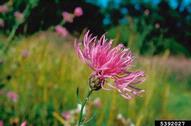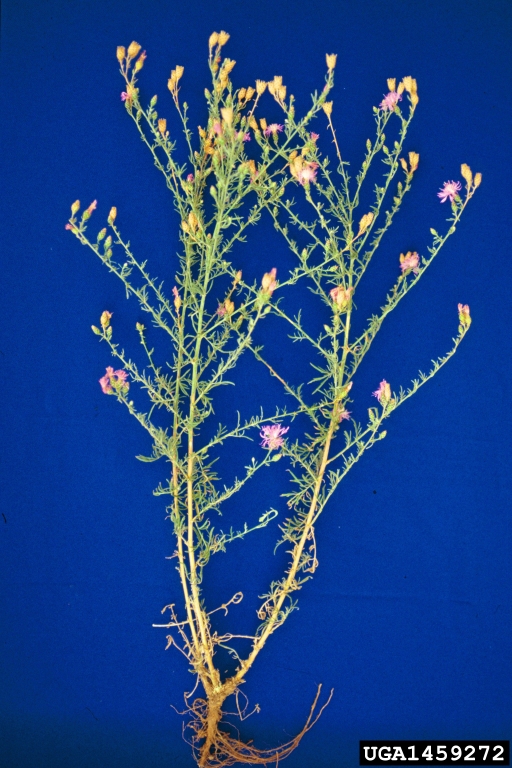
Steve Dewey, Utah State University, Bugwood.org
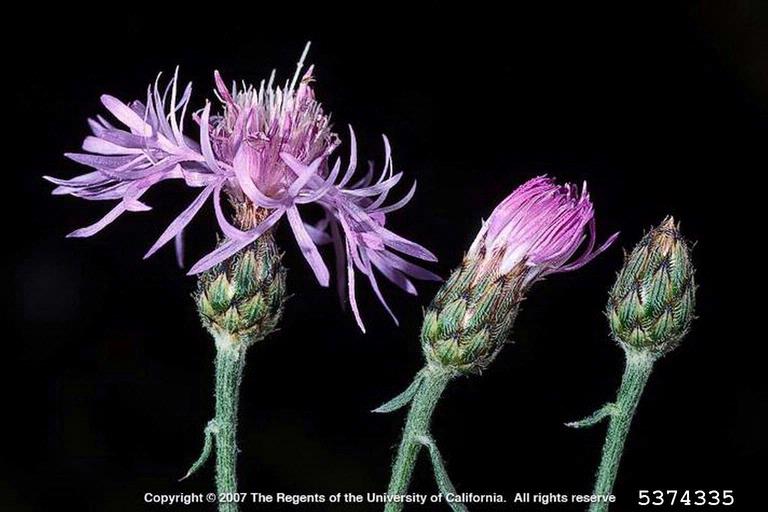
Joseph M. DiTomaso, University of California - Davis, Bugwood.org
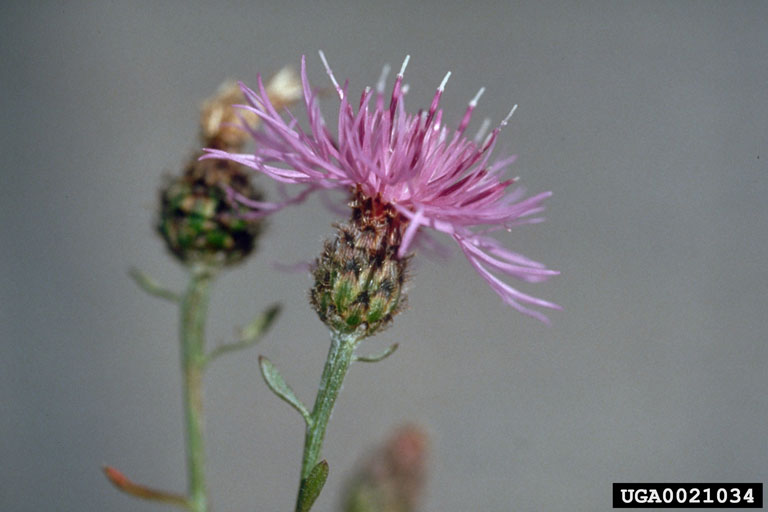
Norman E. Rees, USDA Agricultural Research Service - Retired, Bugwood.org

John M. Randall, The Nature Conservancy, Bugwood.org
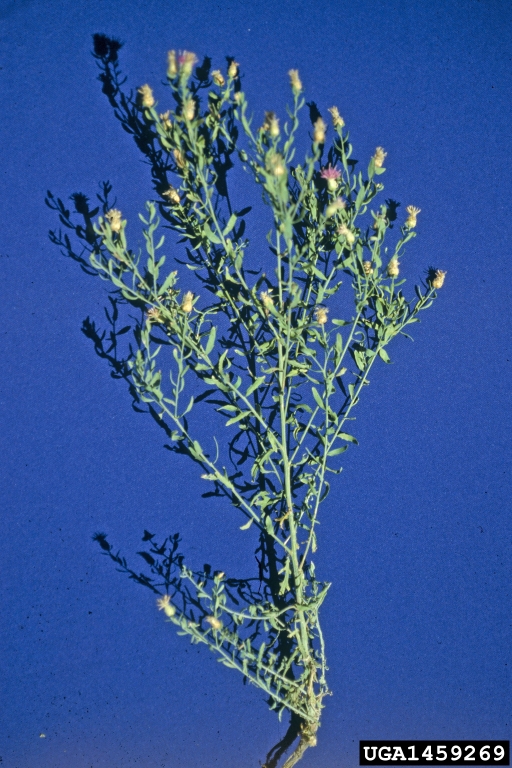
Steve Dewey, Utah State University, Bugwood.org

Steve Dewey, Utah State University, Bugwood.org
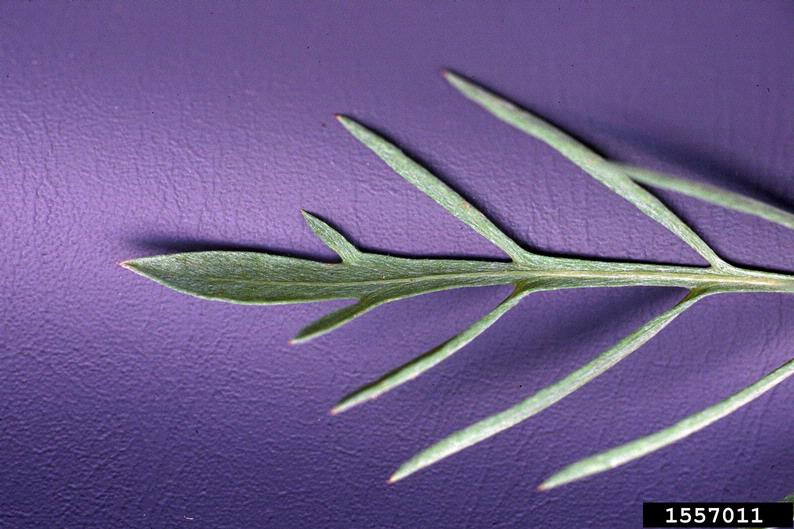
John Cardina, The Ohio State University, Bugwood.org
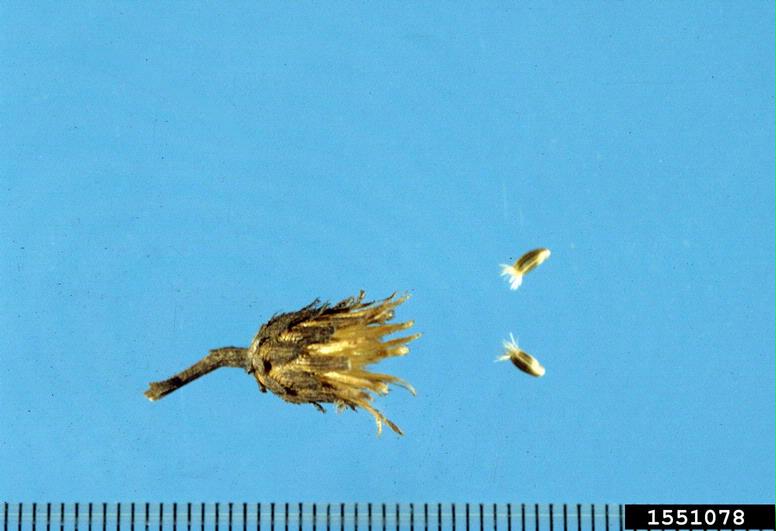
Ken Chamberlain, The Ohio State University, Bugwood.org
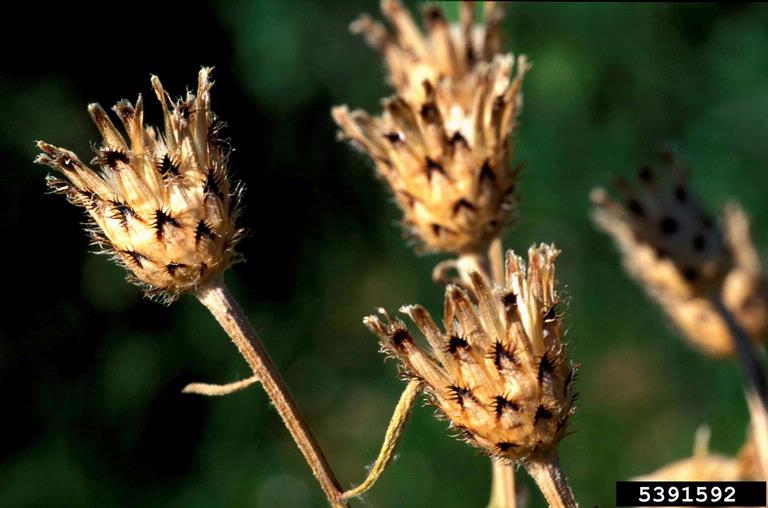
Barry Rice, sarracenia.com, Bugwood.org

John M. Randall, The Nature Conservancy, Bugwood.org
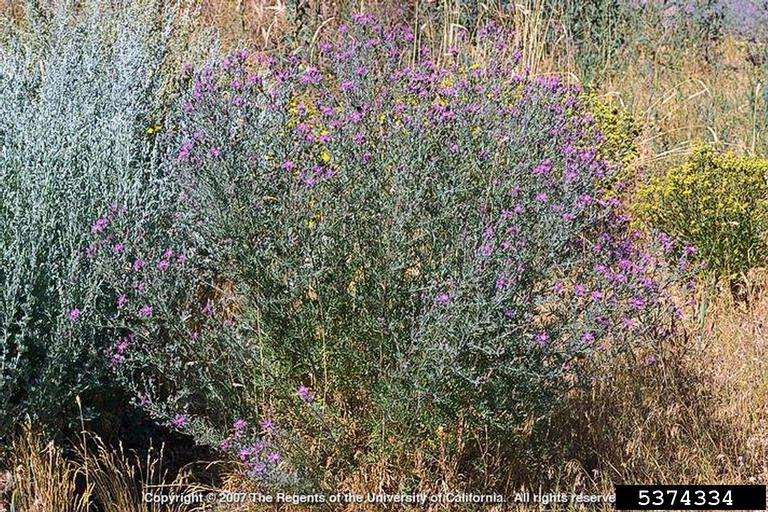
Joseph M. DiTomaso, University of California - Davis, Bugwood.org



